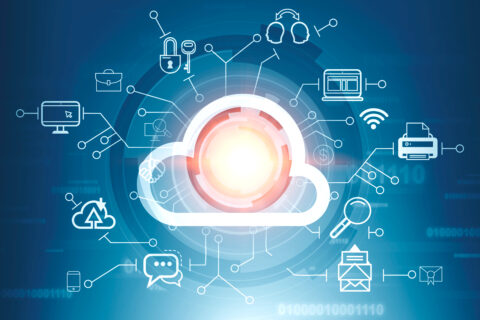FM & BD Technology Technology, Solutions and Innovations
Simplifying Things
“The potential for billions of devices is something we talk about,” says Evan Cummack, “but to connect them all is going to take millions of developers.”
Cummack is the principal product manager at Twilio, a technology company which specialises in connecting Internet of Things (IoT) devices to international mobile data networks.
Historically, he says, the challenge with IoT is that everyone “rolls their own”. There are few standards that govern the way IoT devices communicate, and most existing hardware and software solutions have been developed from the ground up. Not only does that make them costly, but it’s also more risky from a cybersecurity point of view and difficult to train developers for.
There’s even a European Union-funded project which is attempting to address the issue, called Bridging the Interoperability Gap of the Internet of Things (BIG-IoT). It wants to create standards that allow devices and platforms to talk to each other more easily, reducing the cost of integration.
Things are changing. Just as widescale adoption of Windows made it possible for PC developers to reach a critical mass and become ubiquitous, so today IoT platforms – from the likes of IBM, Google, Microsoft, Amazon et al – are reaching maturity, bringing down the cost of using the technology and making it simpler to deploy.
IoT platforms and “middlewares” are getting better at connecting devices you may already have into a centralised repository of information, ripe for exploitation as part of Industry 4.0.
Nico Steyn is the CEO of IoT.nxt, a Centurion firm which recently partnered with Dell to sell its Raptor IoT platform overseas. He says it’s important that organisations realise that they “don’t have to replace the technology or investments they’ve made,” to reap the benefits of digitisation.
According to Steyn the solution is to extract data from various devices and platforms that speak different languages and translate it into a single normalised layer. The insights that can be gained from this process are invaluable, he says.
“I think a lot of what businesses are grappling with is the historical way of how we do business, where everything is a grudge purchase, as opposed to digital technology coming in and transforming the way we do business for the better.”
Connected up
Phathizwe Malinga is the acting CEO of SqwidNet, a company which operates networks for IoT devices in South Africa.
“Many organisations have a knee-jerk reaction to IoT, thinking that it requires completely new technology and infrastructure. With this type of reaction comes high cost, which often inhibits the adoption of new technology due to tight budgets,” Malinga says.
Cost is an important factor in technology adoption in any territory, but even more so in Africa. In South Africa, we have mastered the art of minimising cost, while maximising quality, says Malinga.
“The beauty of IoT is that most devices currently on the market run using 80 times less power than those used by GSM technology,” he says.
Steyn agrees. “Historically, one of the biggest inhibitors of being able to run IoT and big data was the inability for us to process that data and the cost of it,” he says. “With the advent of the cloud, it allows us to spin up supercomputers at a very low cost, and only pay for computing power as and when required.”





